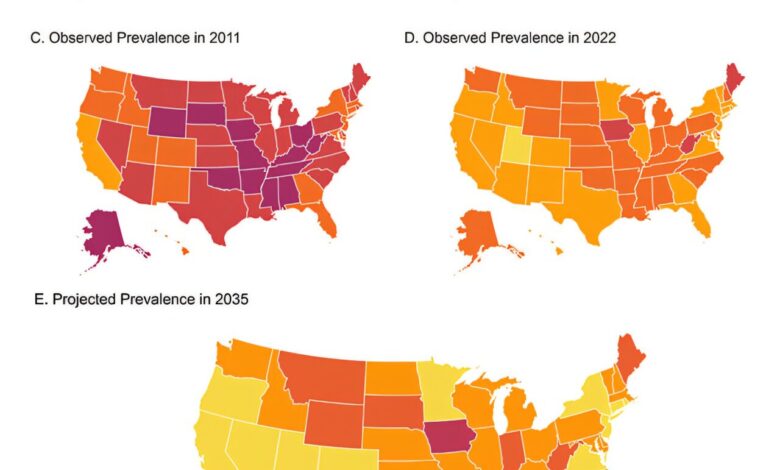Young adults drive historic decline in smoking

The University of California San Diego conducted a study that revealed a significant decline in cigarette smoking across the United States, primarily driven by young adults. Published in JAMA Network Open on April 25, 2025, the study highlighted that states with historically high smoking rates experienced the most substantial decreases. However, the progress in smoking cessation among adults over 50 has been slower, which could prolong the public health impact of smoking-related diseases and mortality.
Dr. Matthew Stone, the study’s first author and assistant professor at UC San Diego Herbert Wertheim School of Public Health and Human Longevity Science, expressed optimism about the future of smoking prevalence. He stated that the rapid decline in smoking among young adults indicates that the smoking epidemic may come to an end in our lifetime. Projections suggest that national smoking rates could fall below 5% by 2035. However, the slower decline in older smokers, particularly in states with high historical smoking rates, may delay the reduction of smoking-related diseases like lung cancer and heart disease.
The researchers analyzed data from the Tobacco Use Supplements to the U.S. Census Bureau’s Current Population Survey, which included approximately 1.77 million respondents. They observed large variations in smoking prevalence across different states, with the most significant declines occurring in states with high historical smoking rates. Disparities in smoking prevalence based on age, sex, race, and education levels persisted over the years, with a notable decrease in young adult smoking offset by a slower decline in older age groups.
Since the 1950s, when the link between smoking and lung cancer was established, national smoking rates have plummeted. From 56.9% of U.S. adults smoking in 1955, the rate had halved by the turn of the century and dropped by another 50% by 2022. The trend is expected to continue, with smoking rates projected to halve again by 2035. States that have made significant progress in reducing smoking have also witnessed substantial declines in lung cancer mortality, albeit with a lag of around 16 years.
While the decline in cigarette smoking is considered a major public health achievement, concerns have been raised about the rise of e-cigarette use among teenagers and the potential long-term consequences of nicotine addiction. More research is needed to assess the impact of this shift in tobacco consumption habits.
For more information, the study titled “State and Sociodemographic Trends in US Cigarette Smoking With Future Projections” can be accessed in JAMA Network Open. The research was led by Dr. Matthew Stone and his team at UC San Diego. The findings provide valuable insights into the evolving landscape of smoking prevalence in the United States and the implications for public health.
This article was originally published on the University of California San Diego website and can be accessed for further reference.





